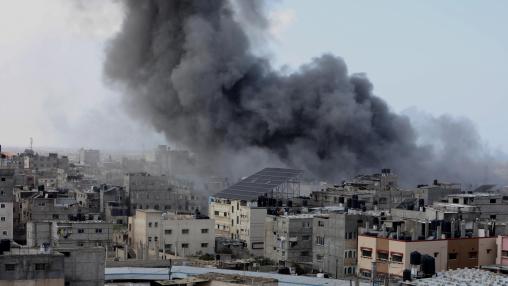
Crisis in Gaza: The Nexus of Conflict and Food Insecurity
Introduction
Nearly 80 percent of Gaza’s population has been displaced in the ongoing conflict, which has entered its second month. A recent World Food Programme rapid food security assessment conducted during the temporary humanitarian pause in fight in late November has found evidence of unprecedented humanitarian crisis, including widespread food insecurity.
Background
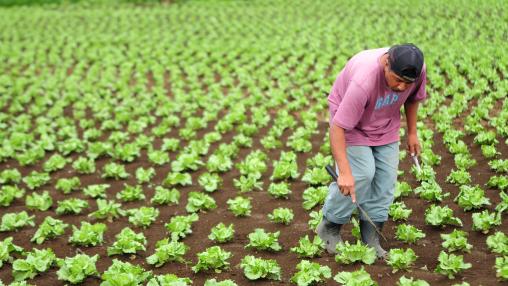
Food Security and Incomes in Guatemala During Food Crises
Since early 2020, Guatemala has faced a multitude of food security shocks: from the outbreak of the COVID-19 pandemic and resulting restrictions on movement and disruptions to agricultural trade to widespread flooding following several major tropical storms to skyrocketing staple food prices. A new article in World Development examines the immediate and longer term impact of these shocks on households’ incomes, diets, food security, and migration decisions, particularly in rural areas.
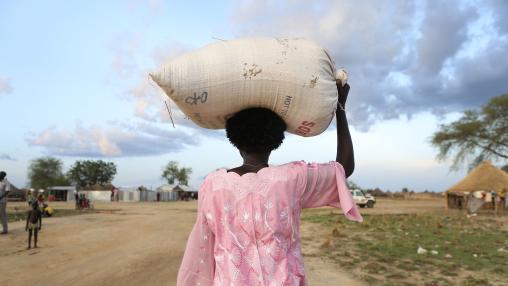
Good News for Some Countries, But Acute Food Insecurity Persists Worldwide: Global Report on Food Crises Midyear Update Released
The Global Report on Food Crises (GRFC) 2023 Midyear Update finds that while some countries have seen improvements in hunger and malnutrition in the first half of 2023, high levels of acute food insecurity remain worldwide. As in previous years, conflict, climate change, and economic shocks continue to be the main drivers of food crisis, with conflict playing the predominant role from January through August 2023.
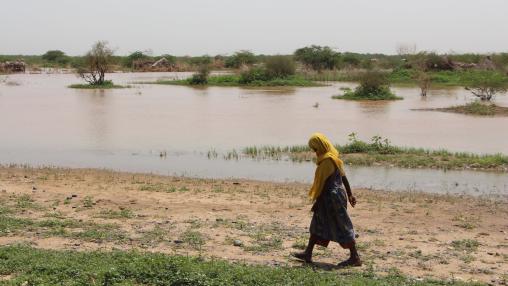
122 Million More People Were Hungry in 2022: 2023 SOFI Report Released
The number of people facing hunger around the world has increased by more than 122 million from 2019, according to the newly released annual State of Food Security and Nutrition in the World (SOFI) report, , a joint publication by the UN Food and Agriculture Organization (FAO), International Fund for Agricultural Development (IFAD), UNICEF, World Food Programme, and World Health Organization (WHO).
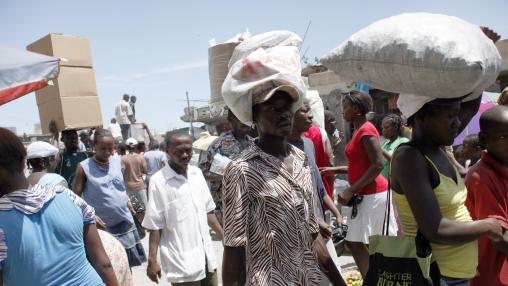
Central America and Caribbean Facing Rising Food Insecurity
IPC Phase 2 through 4 (Stressed through Emergency) food insecurity is expected to continue in Central America and the Caribbean through September, according to an alert from FEWS Net.
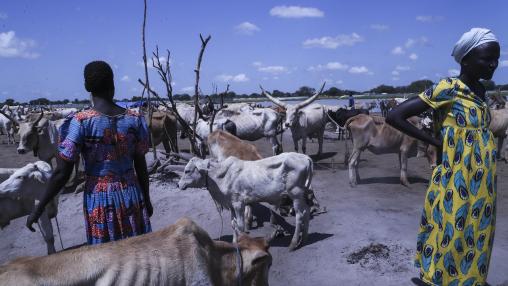
Over Quarter Billion People Face Acute Food Insecurity in 2022: GFRC Released
The world reached a stark milestone in 2022, with over a quarter of a billion people in 58 countries/territories experiencing acute food insecurity (defined as IPC Phase 3 (Crisis) or higher), according to the 2023 Global Report on Food Crises (GRFC).[1] This number represents the fourth consecutive year of increasing food insecurity rates and the highest level seen in the seven-year publication history of the report. An additional 253 million people in 41 countries/territories experienced lower levels of food insecurity (IPC Phase 2 (Stressed)).
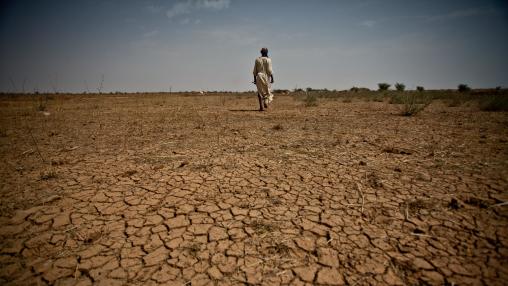
More than 205 Million People Facing Acute Food Insecurity: GRFC Mid Year Update Released
For the fourth consecutive year, global acute food insecurity rose in 2022. As many as 205.1 million people across 45 countries and territories are in IPC Phase 3 (Crisis) or higher food insecurity as of September 2022, according to the Global Report on Food Crisis Mid-Year Update. That represents an increase of 29.5 million people from 2021.
The Road to the UN General Assembly - Roundtable on Preventing Famine and Fighting Food Insecurity
The world is facing a global hunger crisis of unprecedented proportions in 2022, and we are at a critical crossroads. Following swiftly on the heels of the pandemic, the conflict in Ukraine is compounding what is already a year of unprecedented needs, unleashing a wave of collateral hunger that is spreading across the globe, transforming a series of terrible hunger emergencies into a global food crisis the world cannot afford.
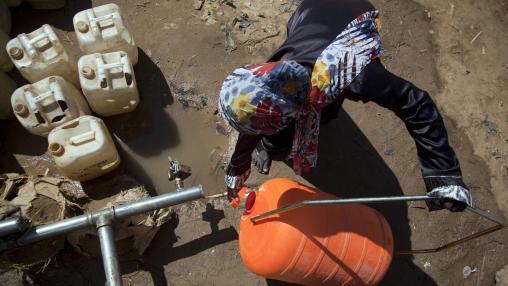
Global Food Insecurity Hits All-Time High: 2022 Global Report on Food Crises Released
In many places around the world, hunger is worse than ever before.
That’s the message of the 2022 Global Report on Food Crises (GRFC), released this week. The report paints a grim picture of global food security. Almost 193 million people across 53 countries/territories were acutely food insecure in 2021, up nearly 40 million people from 2020. This number represents a new record and is only expected to worsen throughout 2022.
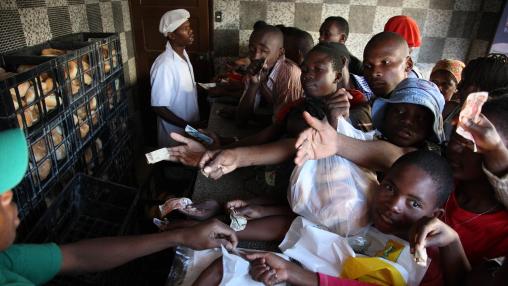
Urgent Call for Global Action as Food Prices Continue to Rise
Last week, the heads of the World Bank Group, International Monetary Fund, United Nations World Food Program, and World Trade Organization issued a joint statement calling for urgent global action on food security in response to skyrocketing global food prices.